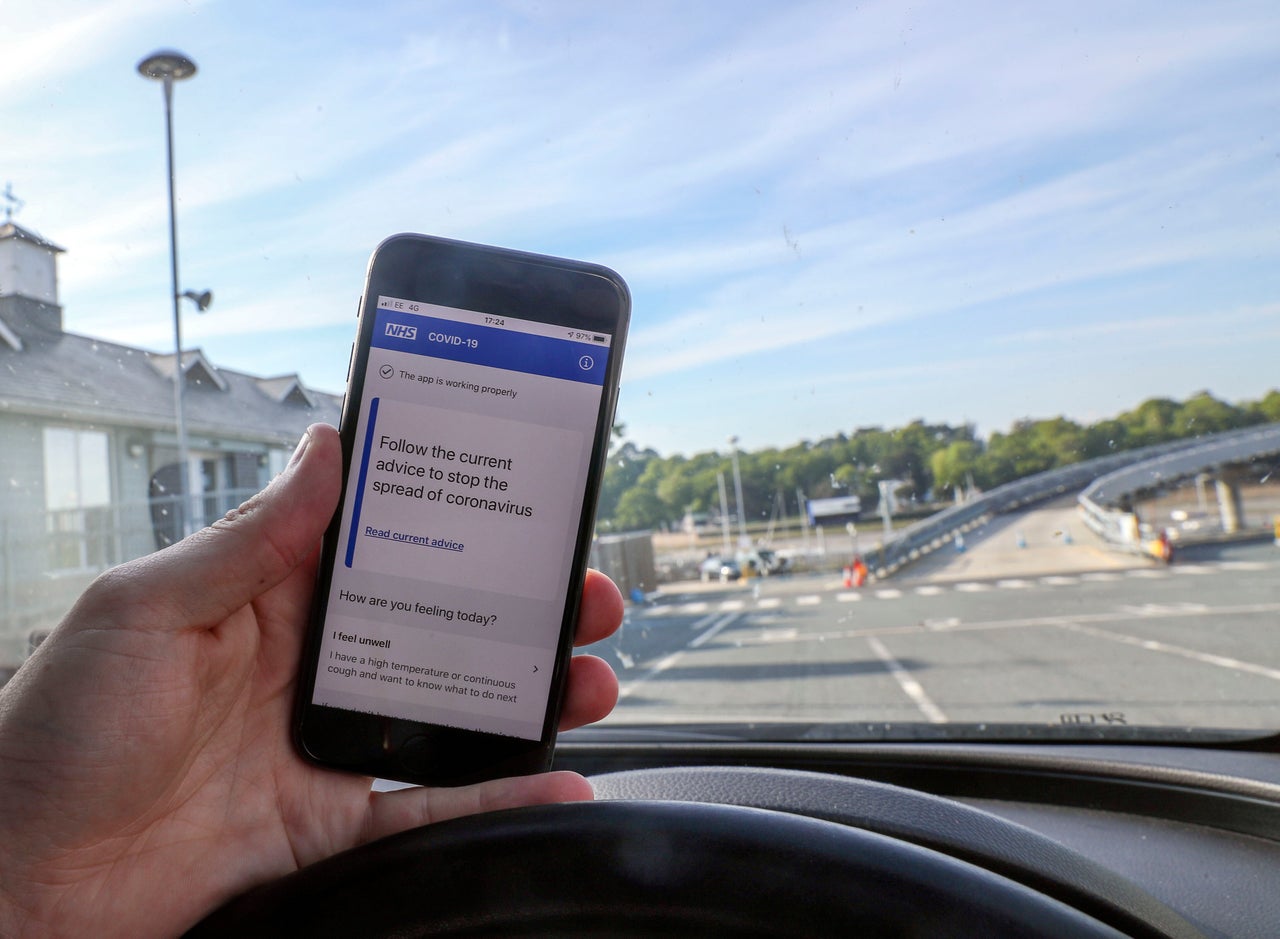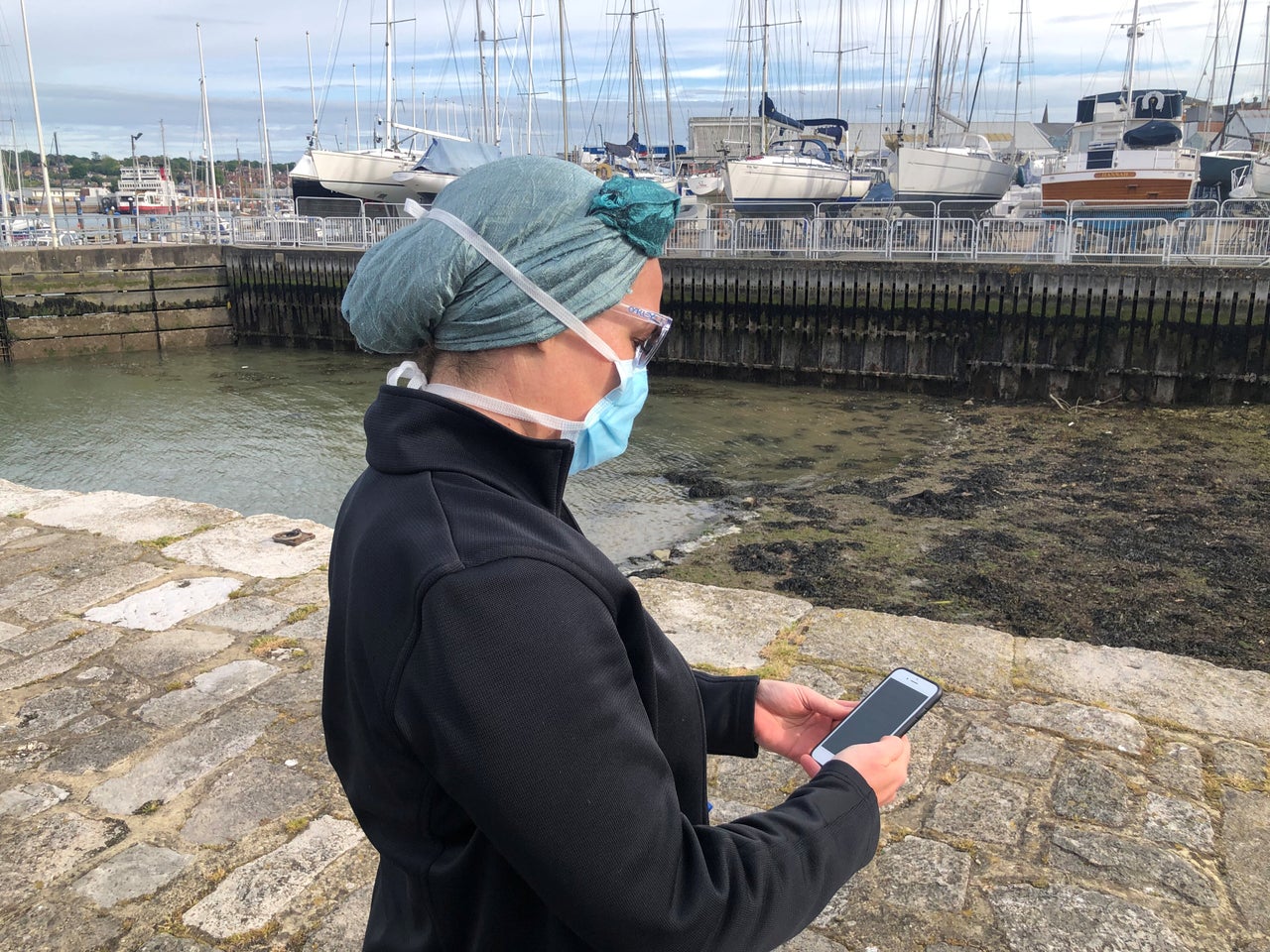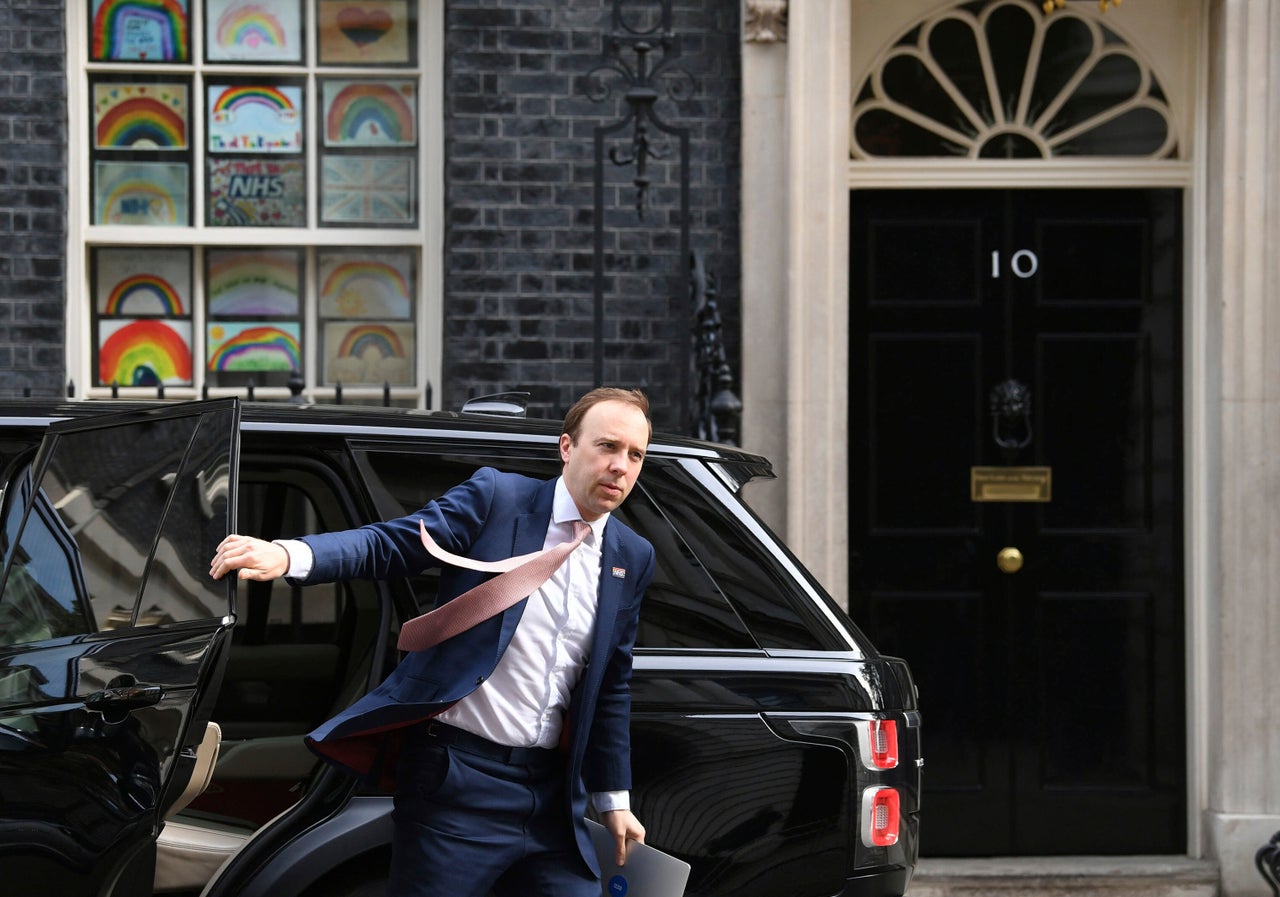At the height of lockdown, a contact-tracing app was presented to the British public as their greatest hope of freedom. One mobile phone app would safely and securely track those with whom you came into close proximity, and automatically alert you if any of them became infected with Covid-19 so you could get tested, or self-isolate.
Provided enough of us – a hefty 60% of the population – used it, it could bring a return to normality. By downloading it, the health secretary Matt Hancock told breakfast television viewers, you would be “doing your duty”, helping to save lives.
Over the course of two months, that thumping rhetoric grew quieter. The app would come in mid-May, officials said. Then the end of the month. Now, in June, the UK’s test and trace operation has launched with no sign of the vaunted app. Dido Harding, the telecoms executive brought in to lead the UK’s test and trace operation, now says the app is the “cherry on the cake”, not a key part of the strategy.
(Update: On Wednesday, a health minister admitted the app may not be ready until winter. Lord Bethell told the Commons science and technology committee: “We’re seeking to get something going before the winter, but it isn’t the priority for us at the moment.”)
An investigation by the Bureau of Investigative Journalism, speaking to those in and around the app’s development, reveals how a data-hungry approach, an attempt to defy Apple and Google, intra-agency bickering and a glitchy test run on the Isle of Wight took the contact tracing app from a ministerial boast to a near embarrassment. The Bureau understands that different versions of the app have been developed by different companies – and it is still unclear which, if any, will eventually be released.

The agency responsible for commissioning the app was NHS X, the technology body launched by Hancock, a longtime digital enthusiast. Matthew Gould was brought in as chief executive, having previously worked with Hancock at the Department for Digital, Culture, Media and Sport.
But one insider, who did some early work around the contact-tracing app, said that from the start NHS X appeared to be building something for themselves rather than for the British public. Instead of simply creating an alert system for those who were potentially infected, NHS X instead tried to build a tool that could map information from the app alongside data from a separate symptom-tracker app to view hotspots.
Although NHS X was acting on the advice of epidemiologists, there was a sense from some insiders that it was also keen to maximise its access to data. “I think there are a bunch of people pushing this in NHS X, not just the boffins,” said one. “The tech folks will love the idea of a big central database... Others will be thinking of all the other things that they can track and trace.”
Plans to retain the data collected after the pandemic raised concerns among campaigners, who argued the app would not work without public trust. MPs and peers also called for a legal requirement to delete the data, but Hancock refused to adopt a bill drafted by the Joint Human Rights Committee to do so.

Going it alone
The decision to collect data centrally so it could be fed into NHS databases had wider consequences, putting the UK at odds with Apple and Google.
The tech giants, concerned about the privacy of their users, have developed a decentralised model for contact tracing, keeping data on individual devices with alerts only travelling between handsets via a bluetooth “handshake”. The companies have also set limits on their software. Most countries building contact-tracing apps have opted for the route set out by Apple and Google.
The UK did not. The developers decided that contact data gathered via bluetooth signals would be stored on a central database. One early rationale given publicly for this approach was that a centralised approach would catch hoaxers entering fake data to cause panic – particularly as the app was expected to use self-reported symptoms.
From a technical perspective, this meant having to implement several complex workarounds, essentially bypassing the Google and Apple technology, to make the app function as required. But soon enough, the idea of basing the wider tracing programme on self-reported symptoms was abandoned in favour of a test and trace model.
NHS X subsequently hedged its bets in early May by awarding a £4m contract to Zuhlke, a Swiss firm, to explore a decentralised model. The Department of Health confirmed to the Bureau that Zuhlke would now support the live service “once the NHS Covid-19 app is ready to be launched”.
The agency had already awarded nearly £2m to Pivotal, a subsidiary of VMWare, to develop the original centralised data version of the app. According to insiders a large part of the work Pivotal had been doing was recently transferred to another company commissioned by NHS X. Asked about this transfer, a spokesman from VMWare said only: “We continue to work closely with NHS X to build the app.”
Some doubt the usefulness of any contact-tracing app as a key tool in fighting the pandemic – not least because this is untested technology. Australia rolled out its Covidsafe contact-tracing app in April – also on a centralised model – but so far it has been found to have minimal use. As of May 23 just one person was said to have been identified using data from it.
Ellen Broad, from the College of Engineering and Computer Science at the Australian National University, is sceptical. “A key learning for us is nothing can replace manual contact tracing,” she said. “One of the problems we can fall into is assuming technology can automate or replace a human role.”

Trial…and error
Following a short trial on the Isle of Wight, the app was supposed to have been launched in mid-May. It has been repeatedly delayed, and the results of the pilot have not been released.
On May 15, Bob Seely, Conservative MP for the Isle of Wight, said that between 50,000-60,000 of the 141,000 islanders had downloaded it. (Previous reports of 73,000 included downloads from outside the island, according to the County Press). That falls short of the 60% required to make the app effective.
Residents who spoke to the Bureau said they had uninstalled the app after experiencing glitches. Darren Hopkins said his phone was bombarded with notifications directing him to the home page symptom questionnaire. “I cannot tell you the stress of being sat there and having the phone constantly pinging,” he said.
Another resident said there had been false positives, such as neighbours of NHS workers alerted about “close contact” through a shared wall.
Jon Crowcroft, of Cambridge University’s computer laboratory, helped to build the FluPhone app during the 2011 H1N1 epidemic and believes NHS X has come a long way in making the technology work. “But no one I’ve spoken to believes it will reach the 60% uptake,” he added.
He said the government had back-pedalled on the importance of the app once it was realised that lifting lockdown had to involve large scale testing and human contact tracers phoning, texting or emailing people who may have been exposed to the virus. When the test and trace programme was launched on May 27, Hancock’s only reference to the app was to deny it had been delayed due to technical issues.
Crowcroft believes the app could play a role in helping to target testing, but said it was just one piece of the puzzle. He expects a greater technological challenge lies ahead if NHS X wants to integrate the app’s back-end database with Public Health England’s test and trace system.
The number of different public agencies, senior executives, and outsourced developers working on various aspects of the app and the wider test and trace programme have led to disagreements and headaches, insiders told the Bureau.
“A lot of people have raised concerns that nobody has been looking at the whole view of triage, tests, contact tracing and then what happens after,” said one source.
NHS Digital, an agency that predates NHS X and which manages many NHS technical systems day-to-day, is attempting to bring teams together across agencies to think about these issues “in a more holistic way”, they said.
The muddle of different projects and agencies – Public Health England, NHS X, NHS Digital and others – means there is no coherent message. “The scripts for [the contact tracers] have been designed in complete isolation to the app,” a source said.
Another source felt that since the arrival of Dido Harding – the former CEO of TalkTalk, which was notoriously hit by a huge user data breach during her tenure – divisions had deepened between developer teams and those working on policy. “The tech people think the tech works,” they said. “The policy people don’t think it does.”
A spokesman for the Department of Health said: “We have prioritised security and privacy in all stages of the NHS Covid-19 app’s development … The DHSC and its agencies work closely together on all aspects of the NHS test and trace service.”
He added that the test and trace programme had not been developed separately from the app, which would form an important part of the programme.
“The government remains committed to deploying [the app] nationally,” he said.
